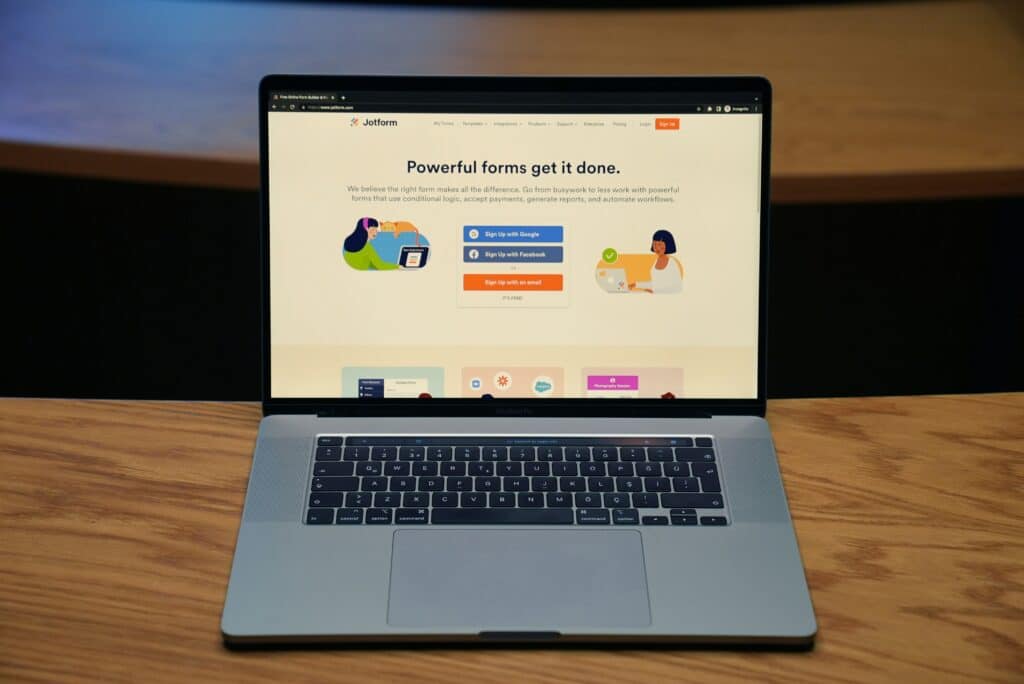Every business owner knows the feeling: a new client signs on, and suddenly the inbox is full of questions. Some have already been answered in your proposal, others pop up halfway through the project. Is there a way to avoid that?
Without a clear structure, communication becomes fragmented. You waste time chasing information, and your client feels uncertain about what comes next.
The chaos of onboarding without a process
Clients aren’t mind readers. You probably think everything is crystal clear. No wonder, you designed the process. But clients might not understand as easily as you imagine. What seems blatantly obvious to you may be completely foreign to them, especially if they’ve never worked with a business like yours before. Without clear guidance, even the simplest steps can feel overwhelming, creating confusion and hesitation that slows everything down.

Why clients get confused without structure
When onboarding is handled in an unstructured way, clients often don’t know what documents to provide, what deadlines exist, or even what the process looks like. This leads to delays, repeated questions, and frustration on both sides. The lack of clarity sets the wrong tone for the collaboration right from the start.
How one clear sheet fixed everything
Imagine replacing dozens of back-and-forth emails with a single, well-structured document. That’s what a client onboarding sheet does. It serves as a roadmap, guiding the client step by step through the process. Once implemented, many businesses report fewer mistakes, faster project kick-offs, and happier clients. It’s a small effort that creates massive efficiency gains.

What to include in an onboarding document
A good onboarding sheet should answer every question you get repeatedly. If you aren’t sure, here are some essentials to include:
- Welcome message: A short, friendly introduction that sets a positive tone.
- Project overview: What the client can expect and the goals you’re working toward.
- Timeline and milestones: Clear dates for deliverables, check-ins, and final deadlines.
- Required materials: A checklist of everything you need from the client (files, logins, branding guidelines, etc.).
- Communication guidelines: How to reach you, response times, and preferred channels (email, project management tool, etc.).
- Payment details: Invoices, due dates, and accepted payment methods.
- FAQ section: Anticipate common questions and provide clear answers.
By consolidating all this information into one document, you eliminate uncertainty and help clients feel supported from day one.
The time-saving benefits for both you and your clients
The advantages of an onboarding sheet extend far beyond saving a few emails and a couple hours of time. Here’s why it matters:
- Smoother collaboration: Everyone knows what to expect, reducing misunderstandings.
- Faster project starts: With all materials collected upfront, work begins sooner.
- Professional impression: A polished onboarding document signals organization and reliability.
- Reduced stress: You no longer need to repeat yourself or chase missing details.
- Client empowerment: Clients feel more confident when they understand the process.
If you’re tired of chaotic onboarding, a single sheet can transform your workflow. By outlining expectations, gathering key information, and answering questions upfront, you save hours, reduce stress, and set the stage for successful client relationships. The best part? You only need to create it once, and then you can reuse and adapt it for every new project.
You can call that a clever time-saver, I call it a powerful business upgrade.


